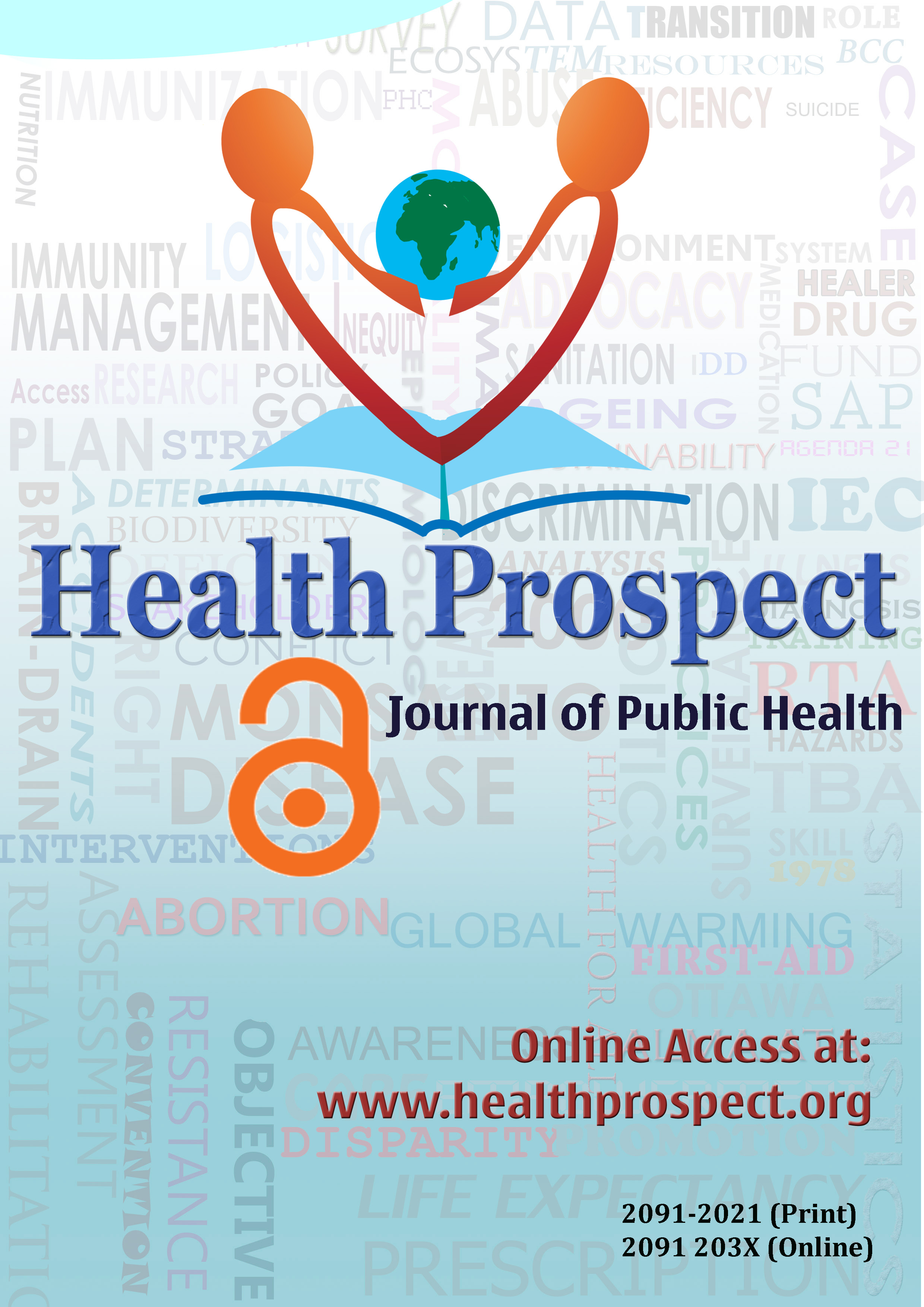A Narrative Synthesis of the Published Literature on Antenatal Care in Low and Middle Income Countries
DOI:
https://doi.org/10.3126/hprospect.v13i1.11341Keywords:
prenatal care, antenatal care, prepartum care, developing countries, quality of health care.Abstract
Background: Good quality antenatal care is one of the recommended strategies to reduce maternal and neonatal mortality and improve health outcomes of the mother and her child. The utilization and quality of antenatal care in low and middle income countries is not well documented and hence deserves further study. This is a literature review of antenatal care in low and middle income countries on its utilization, the barriers and facilitators, and the available evidence of effectiveness and quality of antenatal care
Method: A systematic review of the published literature was conducted which also included published systematic reviews. Studies published between 2002 and 2012 were identified by searching Medline, EMBASE and CINAHL. This was supplemented by papers provided by international advisors from grey literature and snowballing search of reference list of all included papers. Only English language studies in low and middle income countries on antenatal care were included
Results: Twenty-three papers met the inclusion criteria. Health-facility based studies reported near universal access to antenatal care, which was not the case for community based studies. Women received at least one antenatal visit but fewer women had the recommended number of visits. Socioeconomic status and women’s education were the most frequent and the strongest predictors of antenatal care use. Antenatal care promoted the use of skilled birth attendant at delivery, but did not contribute to reductions in maternal mortality and stillbirths. The quality of care was reported as unsatisfactory; major issues being poor client-provider relationship and inferior quality of counselling.
Conclusion: In order to increase the utilization of antenatal care, in the short term, less educated women from socioeconomically disadvantaged households require targeting. Long-term improvements require a focus on improving female education. Further research is needed to explore the quality of antenatal care in order to validate its effect on maternal and child health.
DOI: http://dx.doi.org/10.3126/hprospect.v13i1.11341
Health Prospect Vol.13(1) 2014: 12-23




